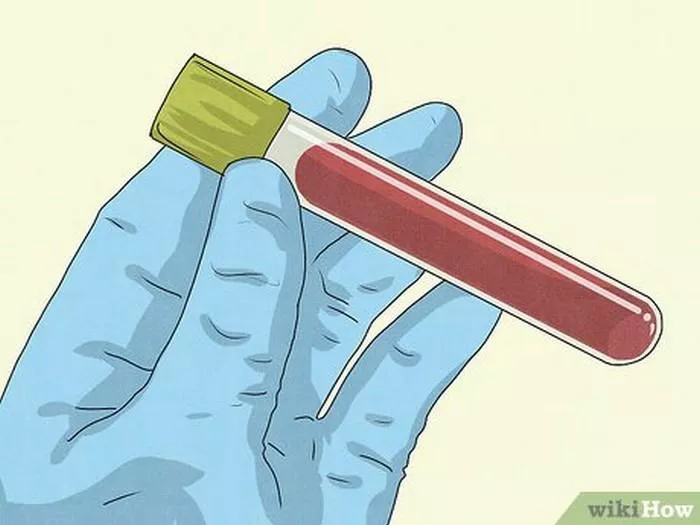In vitro fertilization (IVF) is an assisted reproductive technology used to help couples who are unable to conceive naturally due to various reasons achieve their dream of having children. This technology boasts a very high success rate, but it also comes with high costs. Below, we will delve into the cost composition of IVF and its influencing factors.
Basic Costs of IVF
The costs of IVF primarily consist of the following components:
Pre-examination costs: Before undergoing IVF, both partners undergo a series of comprehensive examinations by doctors to ensure that their physical condition is suitable for this treatment. These examinations include but are not limited to blood tests, ultrasound scans, hormone level tests, etc.
Medication costs: To stimulate the ovaries to produce multiple mature eggs, patients need to take specific medications such as ovulation-inducing drugs. The cost of these medications varies depending on the brand and dosage.
Laboratory costs: During the IVF process, sperm and eggs need to be combined in a laboratory environment, and embryos need to be cultured. This part of the cost depends on the level of advancement of the laboratory’s equipment and technology.
Surgical costs: The IVF procedure itself also incurs certain costs, including egg retrieval surgery, embryo transfer surgery, etc.
Other costs: Additionally, there are some other costs such as nursing fees, anesthesia fees, post-operative follow-up fees, etc.
Factors Affecting IVF Costs
The total cost of IVF is influenced by various factors, some of which include:
Regional differences: Medical fee standards vary in different regions, so the cost of IVF may differ from one area to another.
Choice of medical institution: Different medical institutions offer varying levels of service quality and facility standards, thus costs may also vary.
Individual conditions: Each person’s physical condition and needs are unique, so factors such as required medication dosage, surgical difficulty, etc., will affect the total cost.
Success rate: The higher the success rate of IVF, the fewer attempts are needed, thus the total cost is lower.
Conclusion
IVF is a complex and expensive medical process, but the reproductive opportunities it offers are invaluable to many infertile couples. When considering IVF, in addition to costs, factors such as one’s own physical condition, choice of medical institution, success rate, etc., should also be thoroughly considered. It is hoped that this article can help you better understand the cost composition of IVF and its influencing factors, providing you with references to make informed decisions.






















